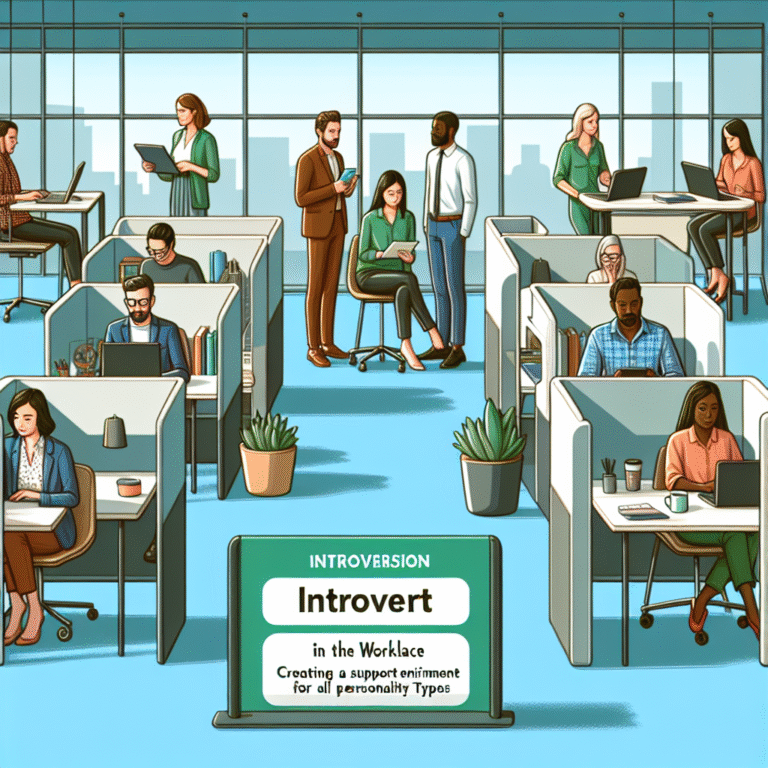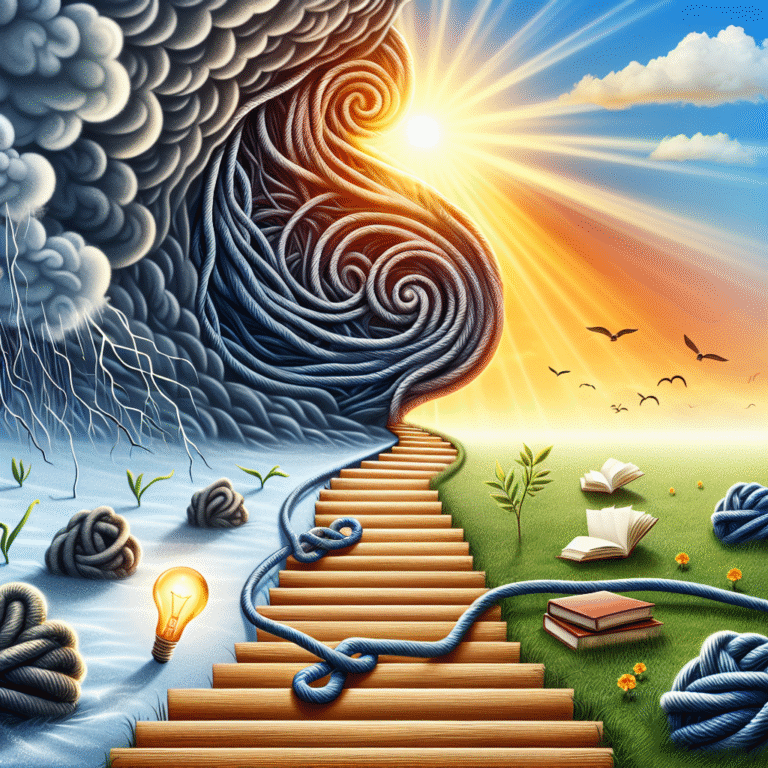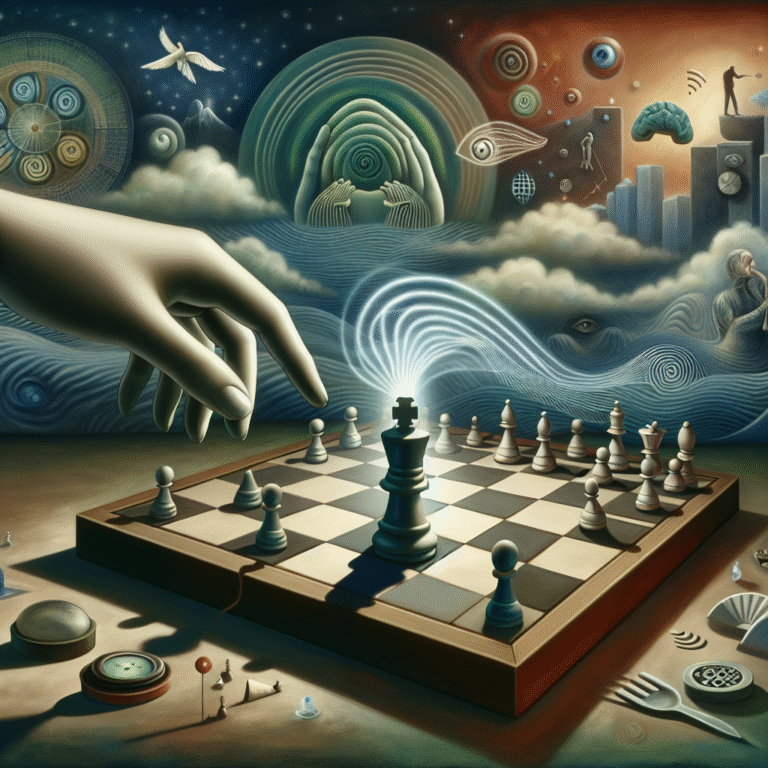
Introduction
In a world teeming with information, an interesting paradox emerges: the more we know, the more we seem to cling to beliefs that may not be grounded in reality. This phenomenon, known as confirmation bias, operates with an insidious charm, filtering our perceptions and sculpting the narratives we accept as truth. In this article, we’ll explore “From Science to Superstition: How Confirmation Bias Influences Our Beliefs,” examining its implications on personal decision-making, societal beliefs, and even scientific inquiry.
Imagine a seasoned scientist who, despite mounting evidence to the contrary, stubbornly believes in a long-held theory. This is a classic case of confirmation bias at work—favoring information that supports existing beliefs while dismissing opposing evidence. Understanding this bias is not just an academic exercise; it’s essential in making informed decisions, fostering open-mindedness, and bridging the gaps between science and superstition.
What is Confirmation Bias?
Confirmation bias refers to the tendency of individuals to seek out, interpret, and remember information that confirms their pre-existing beliefs. This psychological phenomenon affects people from all walks of life—from laypeople to professionals in scientific fields. It leads to the perpetuation of misconceptions and hinders the growth of constructive dialogue.
The Psychological Mechanisms
At its core, confirmation bias operates through cognitive shortcuts—heuristics—allowing us to simplify complex information, can often lead to systematic errors in thinking. These mental shortcuts can be convenient but can also blind us to the whole truth. A classic study by Peter Wason in the 1960s illustrated this bias using a simple numerical puzzle, which challenged participants’ ability to test hypotheses. The results showed that individuals often focused solely on confirming evidence, overlooking disconfirming data.
From Science to Superstition: The Slippery Slope
When discussing “From Science to Superstition: How Confirmation Bias Influences Our Beliefs,” it’s crucial to recognize that science and superstition aren’t inherently separate arenas. They exist on a spectrum, with confirmation bias blurring the boundaries.
Case Study: The Anti-Vaccine Movement
The anti-vaccine movement offers a pertinent example of how confirmation bias can distort scientific understanding. Initial studies falsely linked vaccines to autism, leading many to cling to these misinterpretations despite subsequent research disproving these claims. Individuals sought out ‘evidence’ that supported their fears, leading to public health repercussions. The persistence of this belief illustrates how easily misinterpretation can turn into superstition—a clear representation of confirmation bias at work.
Table 1: Comparison Between Scientific Theory and Superstitious Beliefs
| Criteria | Scientific Theory | Superstitious Beliefs |
|---|---|---|
| Basis of Belief | Empirical evidence and peer-reviewed data | Anecdotal evidence and folklore |
| Response to Challenging Evidence | Re-evaluation and revision of theories | Ignoring contradictory evidence |
| Acceptance of New Findings | Constitutes progress and adaptation | Often perceived as a threat to existing beliefs |
How Confirmation Bias Manifests in Everyday Life
Understanding “From Science to Superstition: How Confirmation Bias Influences Our Beliefs” requires recognizing its presence in our daily choices, from personal health to political preferences.
Personal Health Decisions
When it comes to health, many often search for information that supports their existing routines—whether it’s a diet, exercise regime, or medical treatment. If a certain diet is working for someone, they might selectively focus on testimonials and studies that validate their experience while disregarding contradictory research. This approach often fosters an echo chamber, making it challenging to arrive at balanced health decisions.
Political Polarization
Politics serves as fertile ground for confirmation bias, as individuals often align themselves with groups that echo their beliefs, ignoring factual data that contradicts their stance. Social media platforms amplify this phenomenon, with algorithms curating content that reinforces pre-existing views. This polarization can deepen societal divides and hinder constructive discourse.
Breaking the Cycle: Strategies to Combat Confirmation Bias
Understanding the mechanics of our beliefs is half the battle when it comes to navigating “From Science to Superstition: How Confirmation Bias Influences Our Beliefs.” Here are some actionable strategies to mitigate confirmation bias in decision-making:
1. Seek Contradictory Evidence
Make a conscious effort to seek information that challenges your beliefs. This practice not only broadens your perspective but also cultivates a more balanced understanding of complex issues.
2. Embrace Critical Thinking
Developing strong critical thinking skills can help dissect arguments and identify biases in reasoning. Techniques such as Socratic questioning can illuminate underlying assumptions in your beliefs.
3. Engage in Open Dialogue
Engaging in conversations with people who hold differing views can offer valuable insights. Constructive dialogue promotes understanding and empathy, allowing for a more nuanced view of contentious topics.
4. Practice Mindfulness
Mindfulness encourages introspection and self-awareness, helping individuals recognize when their biases are influencing their judgments. This awareness empowers better decision-making.
Case Study Analysis: The Role of Media
In the information age, media plays a pivotal role in shaping beliefs. During major global events, such as the COVID-19 pandemic, it’s easy to observe how confirmation bias affects public perception and understanding.
Reports reveal that individuals consumed news from sources that aligned with their existing views—thus enhancing cognitive dissonance and deepening social polarization. These behaviors illustrate a severe disconnect between scientific consensus and public understanding, exemplifying “From Science to Superstition: How Confirmation Bias Influences Our Beliefs” in real-time.
Table 2: Media Trust and Beliefs
| Source of Information | Trust Level | Confirmation Bias Impact |
|---|---|---|
| Government Health Agencies | High | Increased compliance with scientific guidelines |
| Social Media | Variable | Heightened belief in misinformation |
| Peer-Reviewed Journals | High | Strengthened understanding of evidence-based practices |
The Importance of Education
Education has a pivotal role in reducing the impacts of confirmation bias, especially in scientific literacy. By fostering critical analysis and open-mindedness within educational frameworks, individuals can be better equipped to navigate the complexities of modern information landscapes.
Conclusion
In our journey through "From Science to Superstition: How Confirmation Bias Influences Our Beliefs," we’ve delved into the rich terrain of our cognitive architecture, illuminating the nuances and challenges presented by confirmation bias. Recognizing the prevalence of this phenomenon in our lives is not just intellectual recognition; it’s an essential step toward intellectual honesty and open-mindedness.
To combat the influence of confirmation bias, strive to remain inquisitive and seek diverse viewpoints. After all, acknowledging the uncertainty of our beliefs can lead to personal growth, informed decision-making, and a more cohesive society.
FAQs
1. What is confirmation bias?
Confirmation bias is the tendency to search for, interpret, and remember information that confirms one’s pre-existing beliefs while disregarding contradictory data.
2. How does confirmation bias influence scientific research?
In scientific research, confirmation bias can lead to selective reporting and interpretation of data, potentially skewing study outcomes and hindering scientific progress.
3. Can confirmation bias be reduced?
Yes, strategies such as seeking opposing viewpoints, engaging in critical thinking, and practicing mindfulness can help mitigate the effects of confirmation bias.
4. How does social media affect confirmation bias?
Social media algorithms often curate content that aligns with users’ preferences, leading to echo chambers where conflicting views are avoided, thus reinforcing confirmation bias.
5. Why is it important to recognize confirmation bias?
Recognizing confirmation bias is crucial for promoting open-mindedness, informed decision-making, and constructive dialogues in both personal and societal contexts.
In closing, as we navigate the intricate pathways of our beliefs, let’s strive to transcend the limits of confirmation bias, fostering a culture of inquiry that embraces evidence over superstition. Only then can we hope to attain a more balanced understanding of the world around us.










